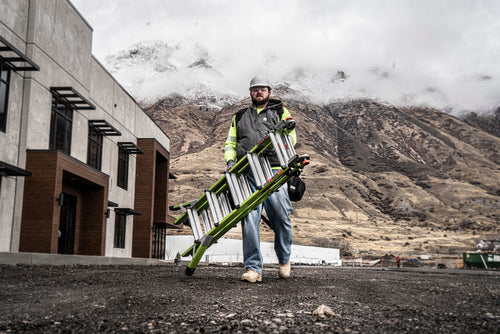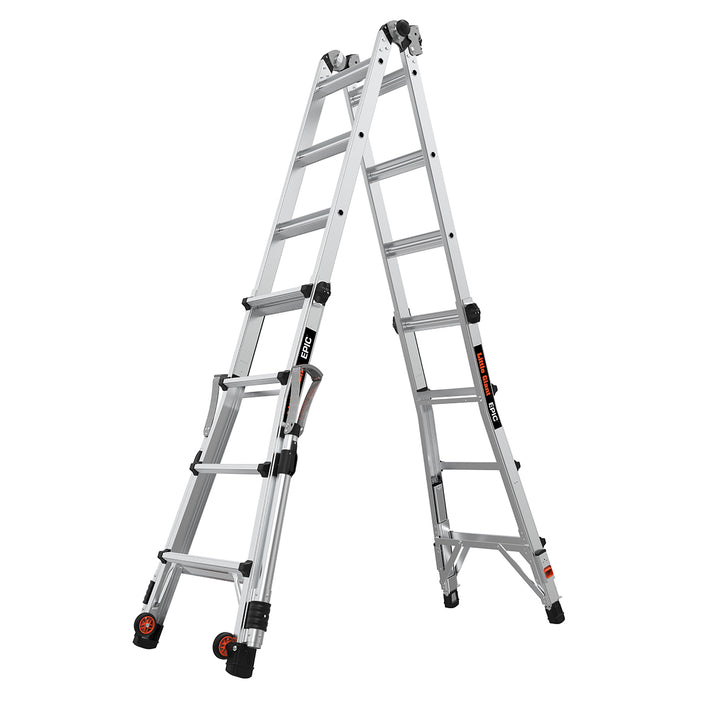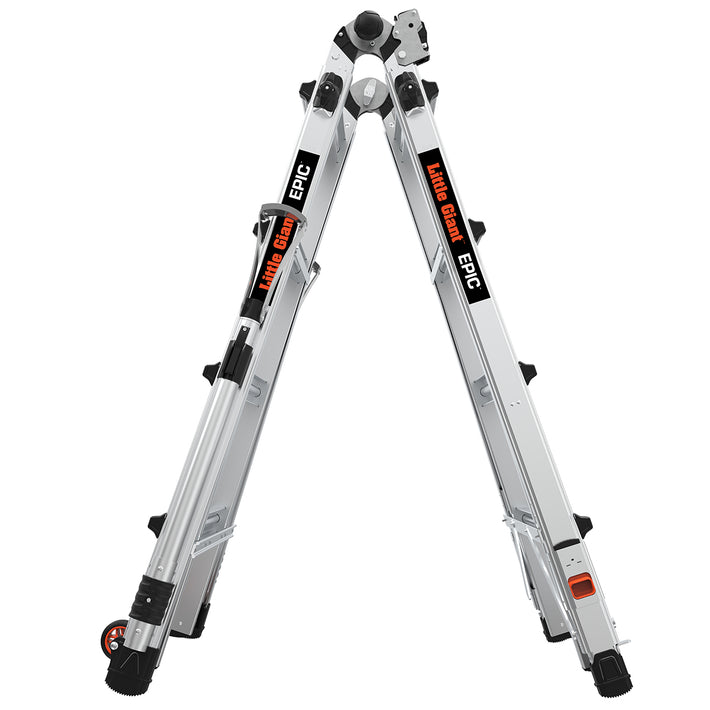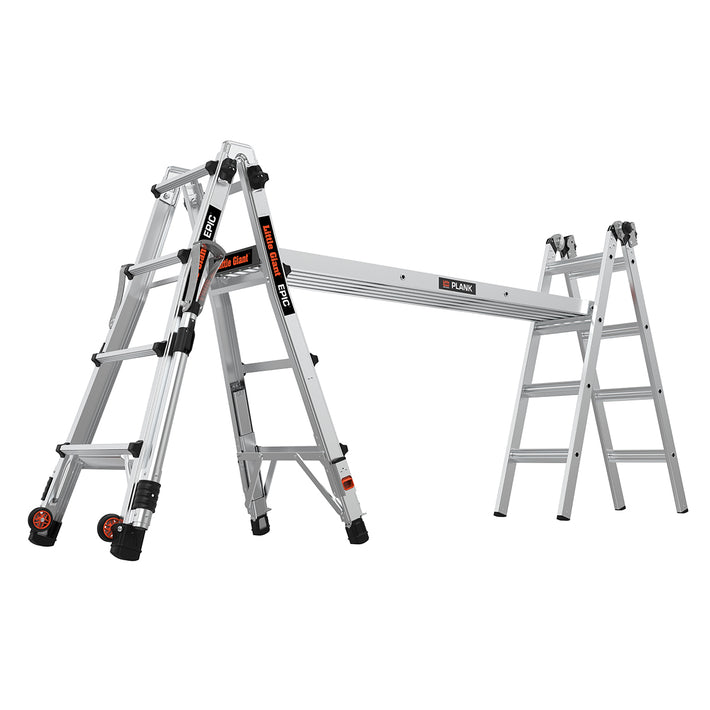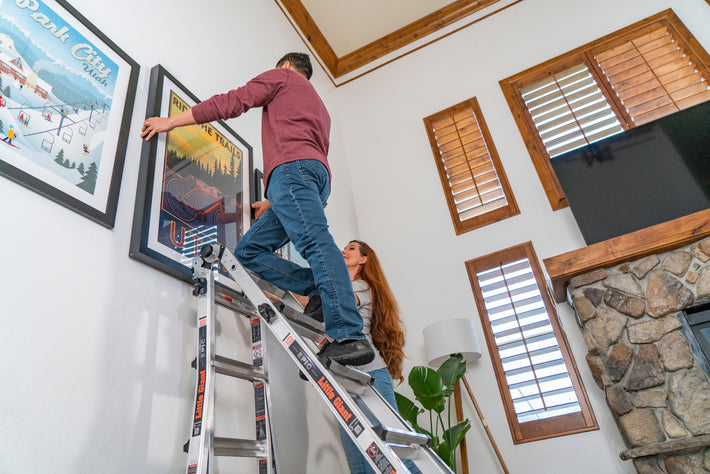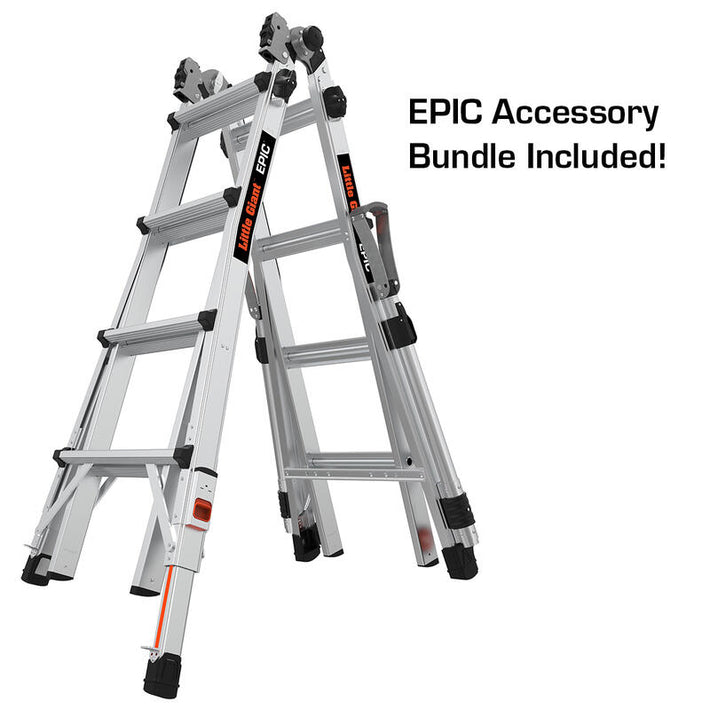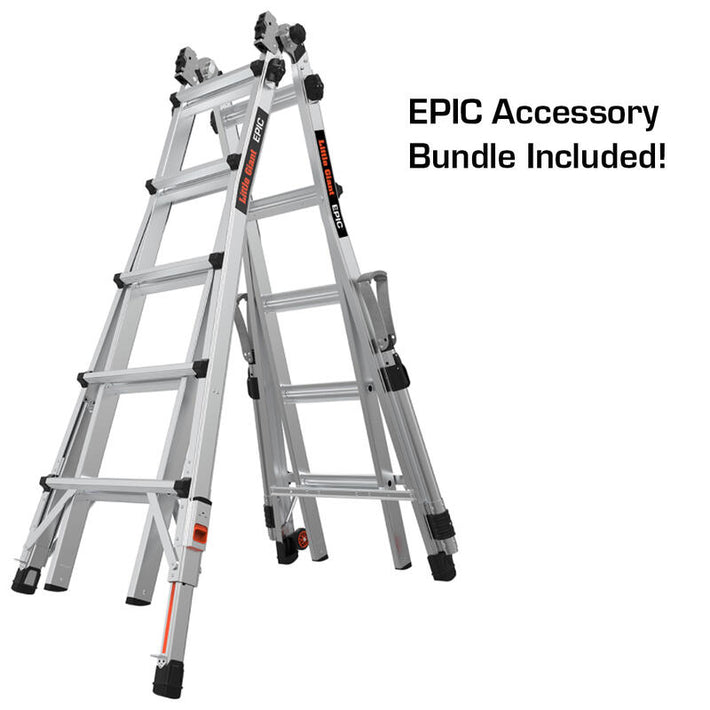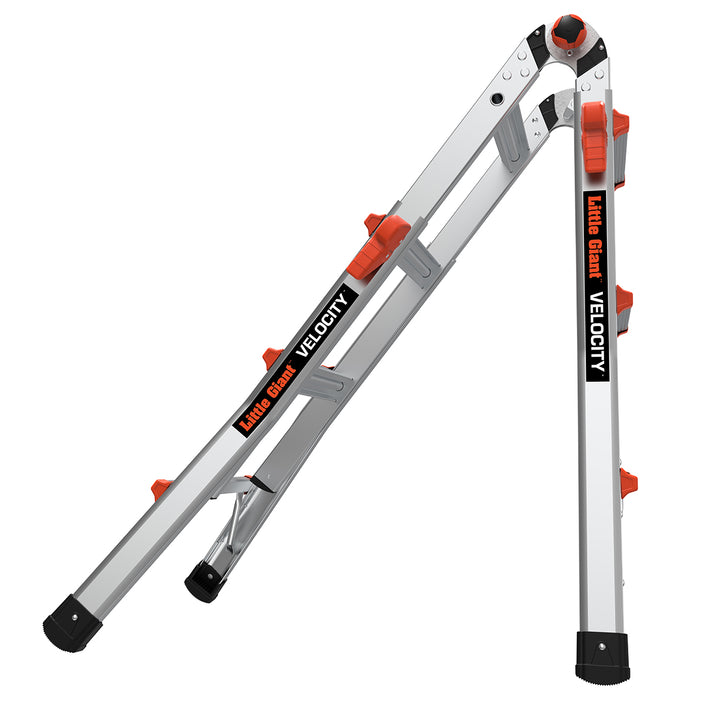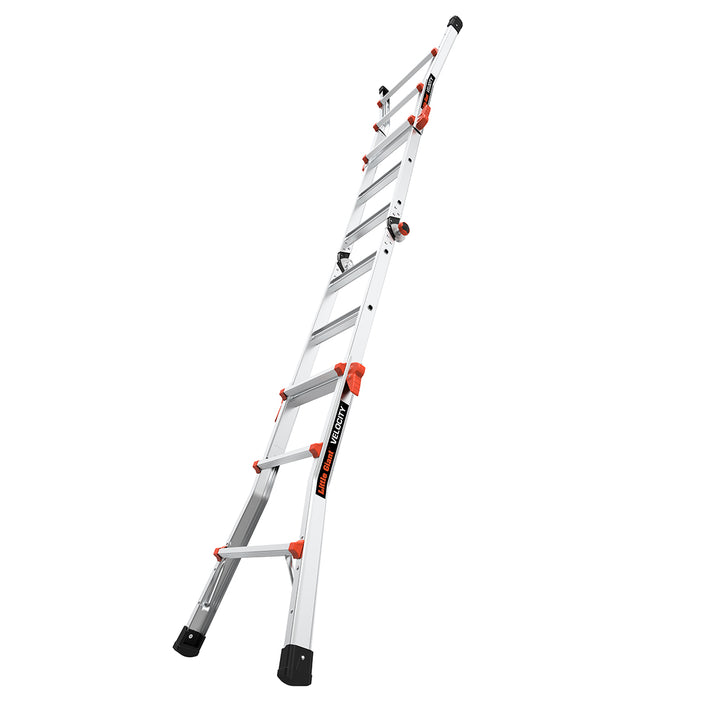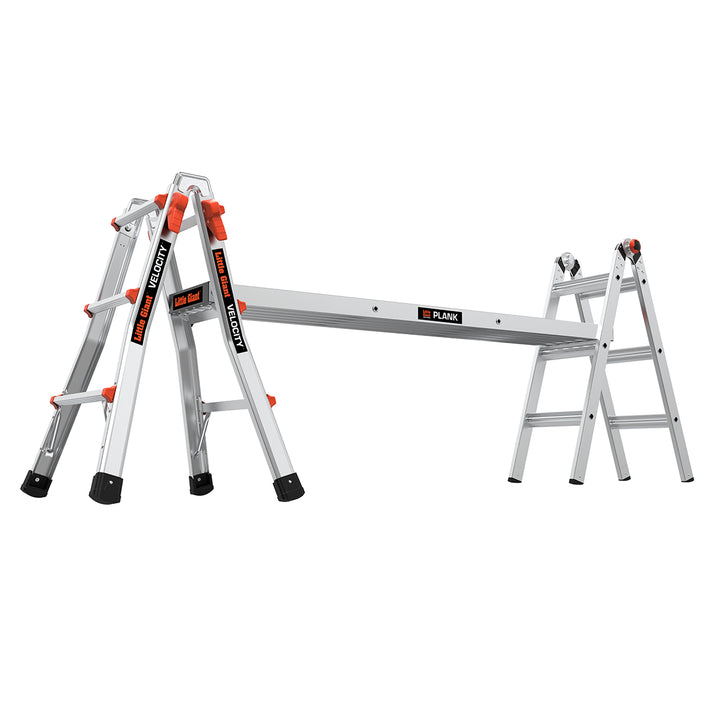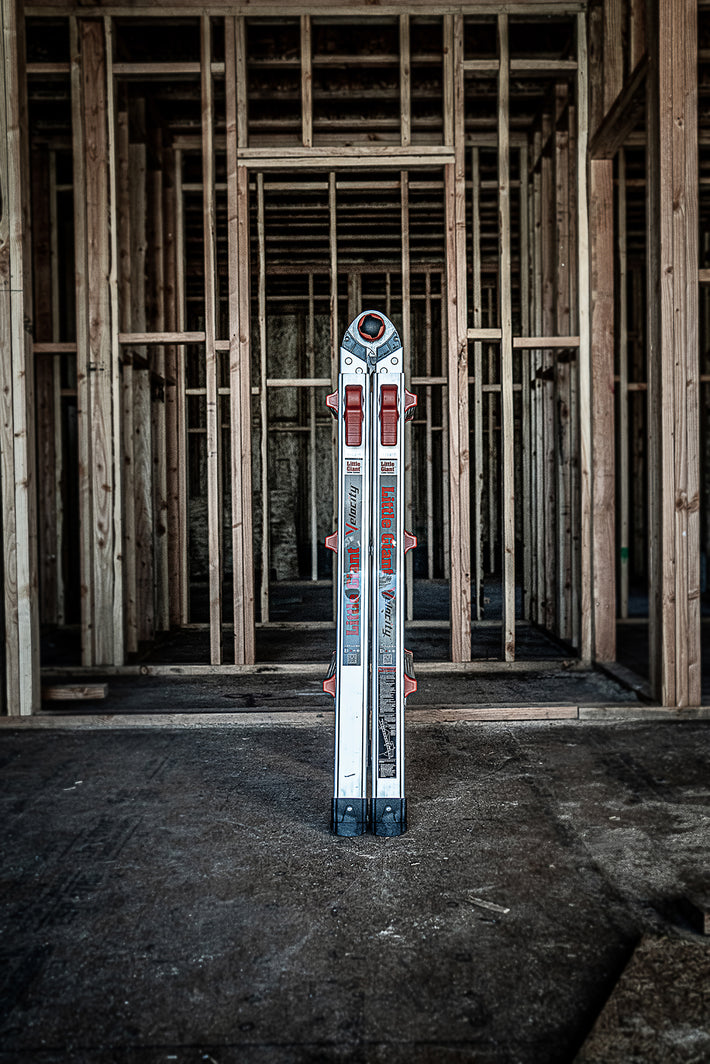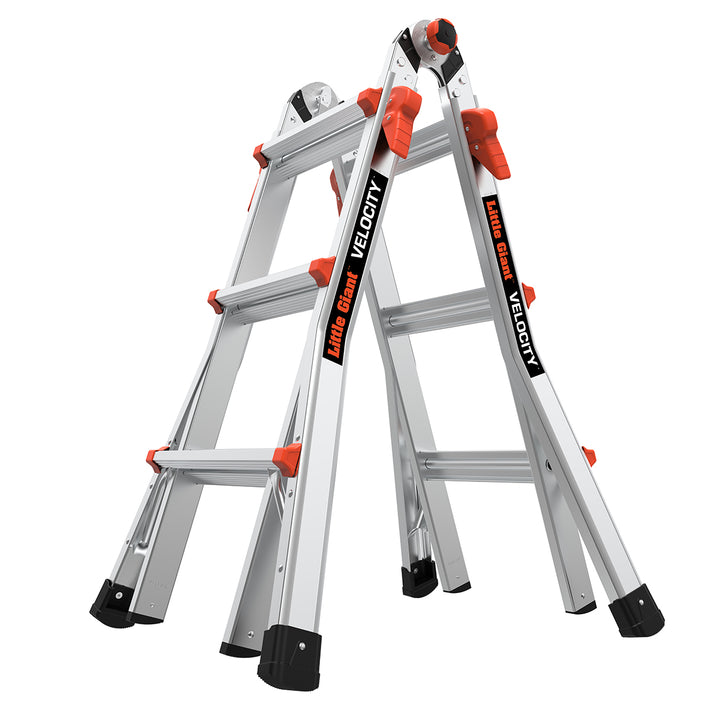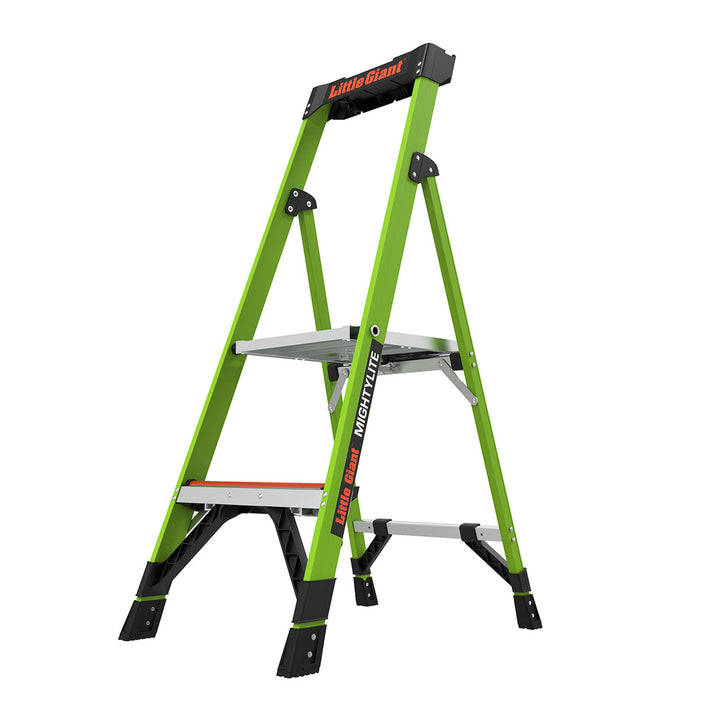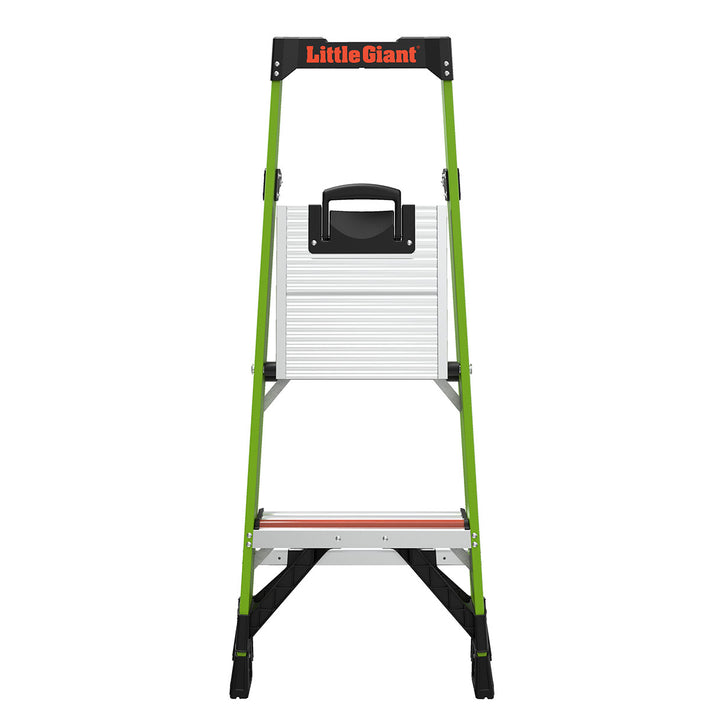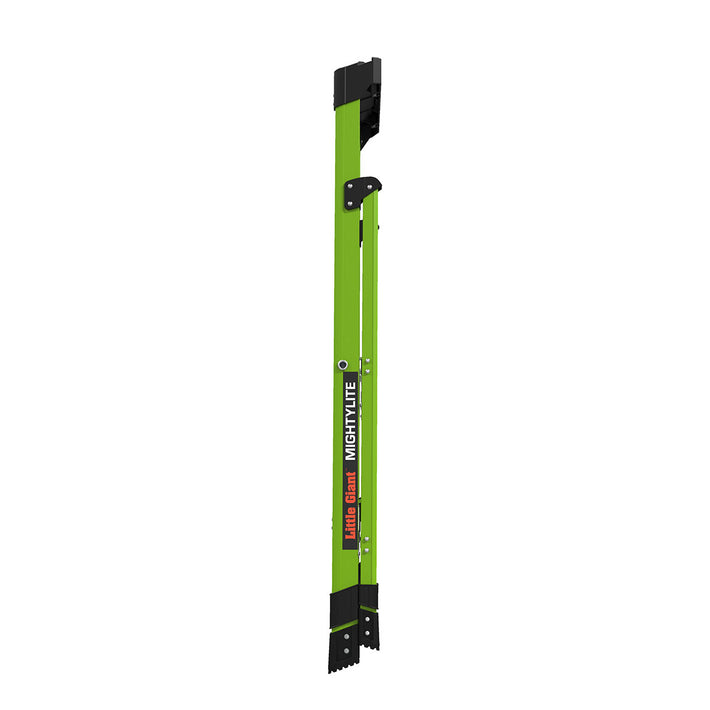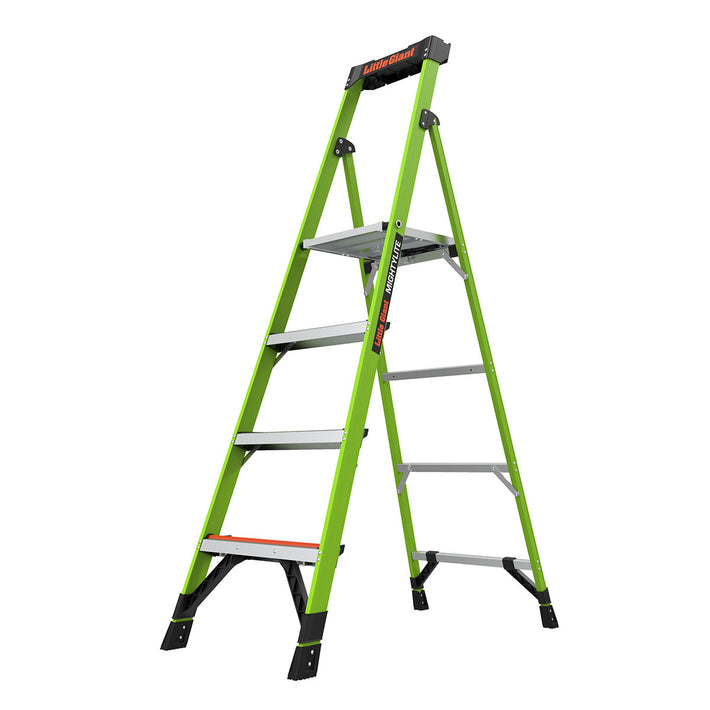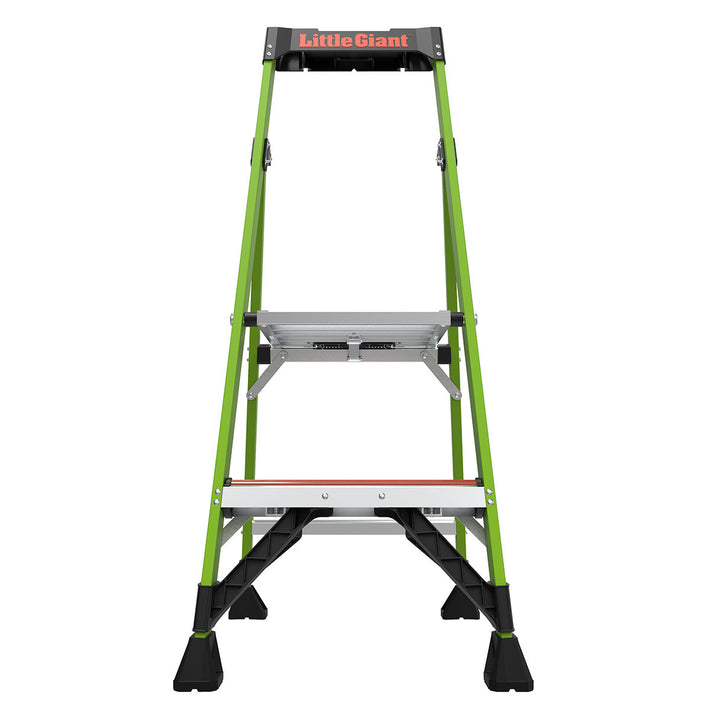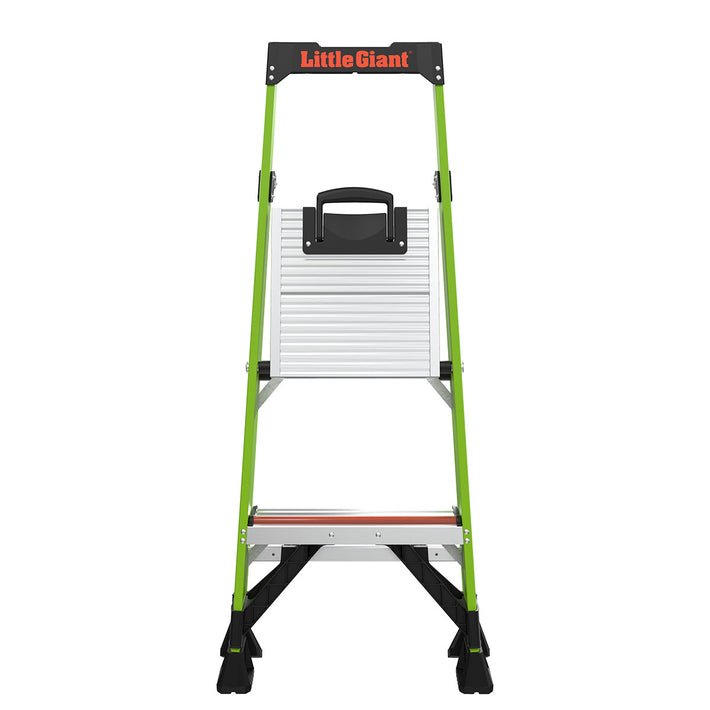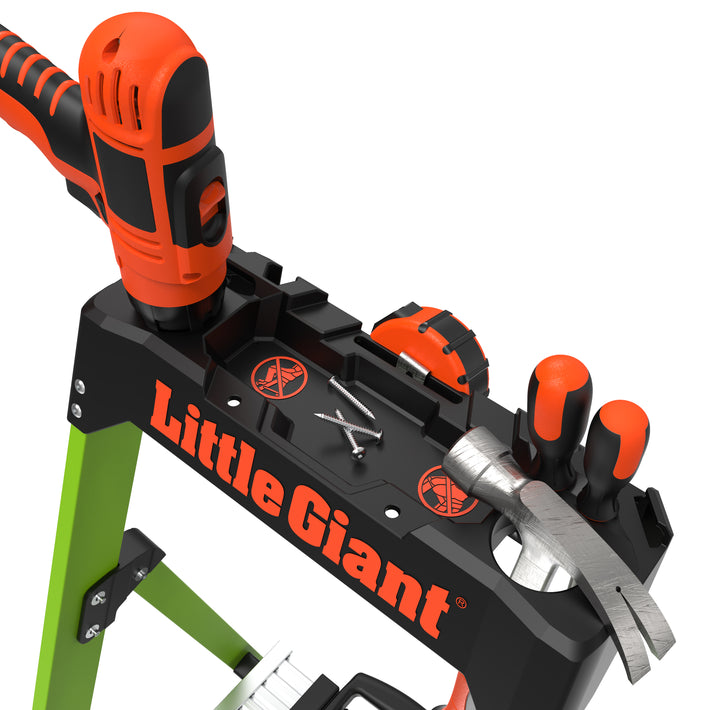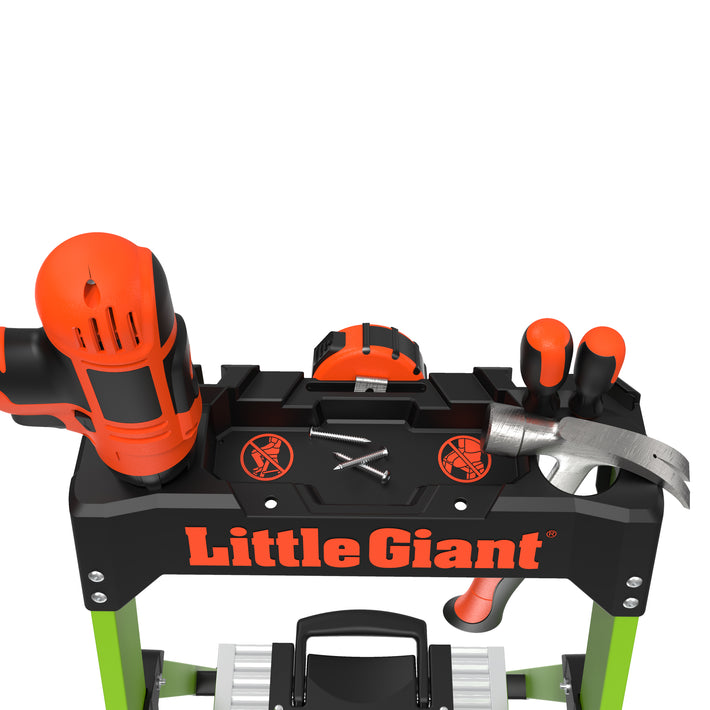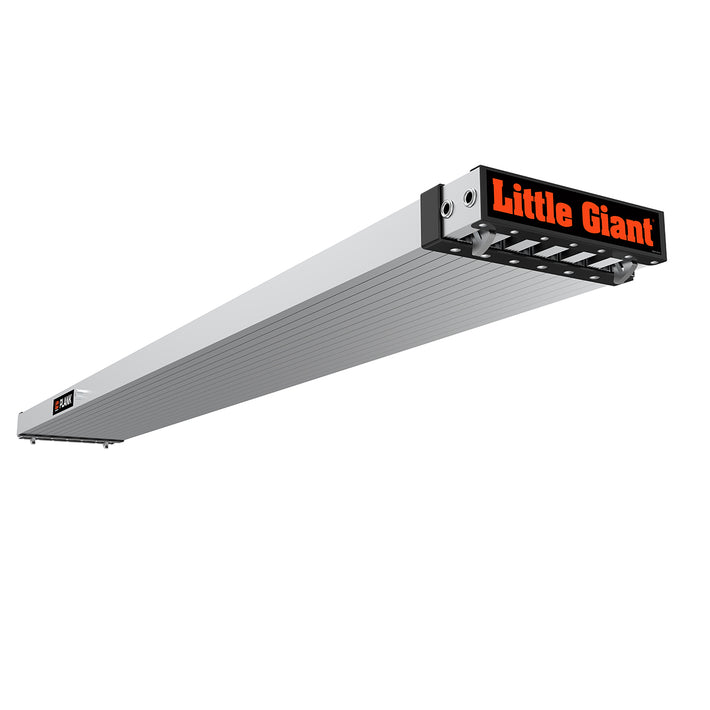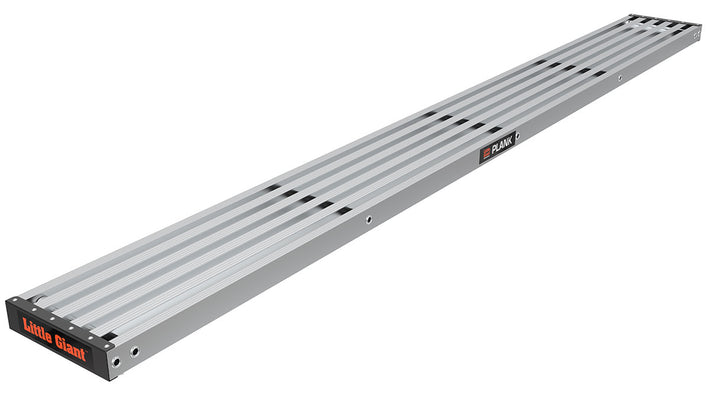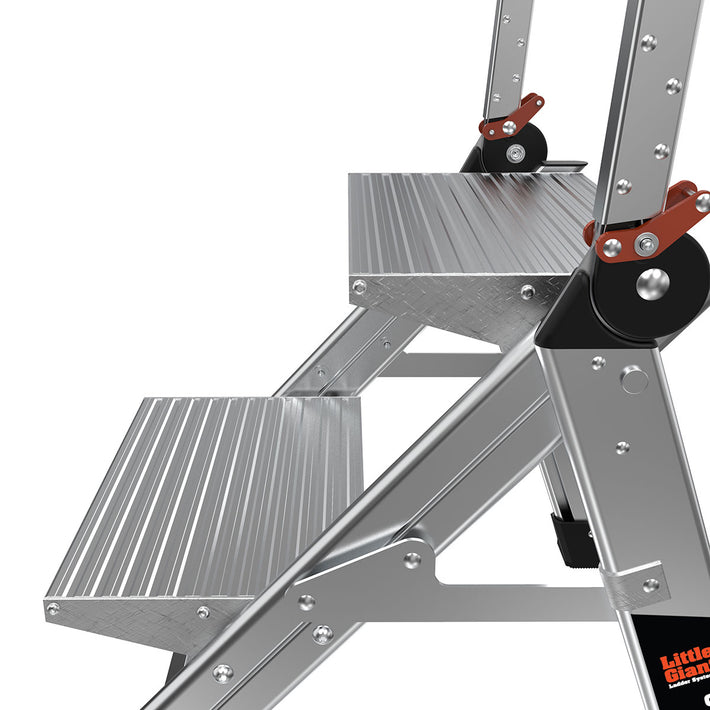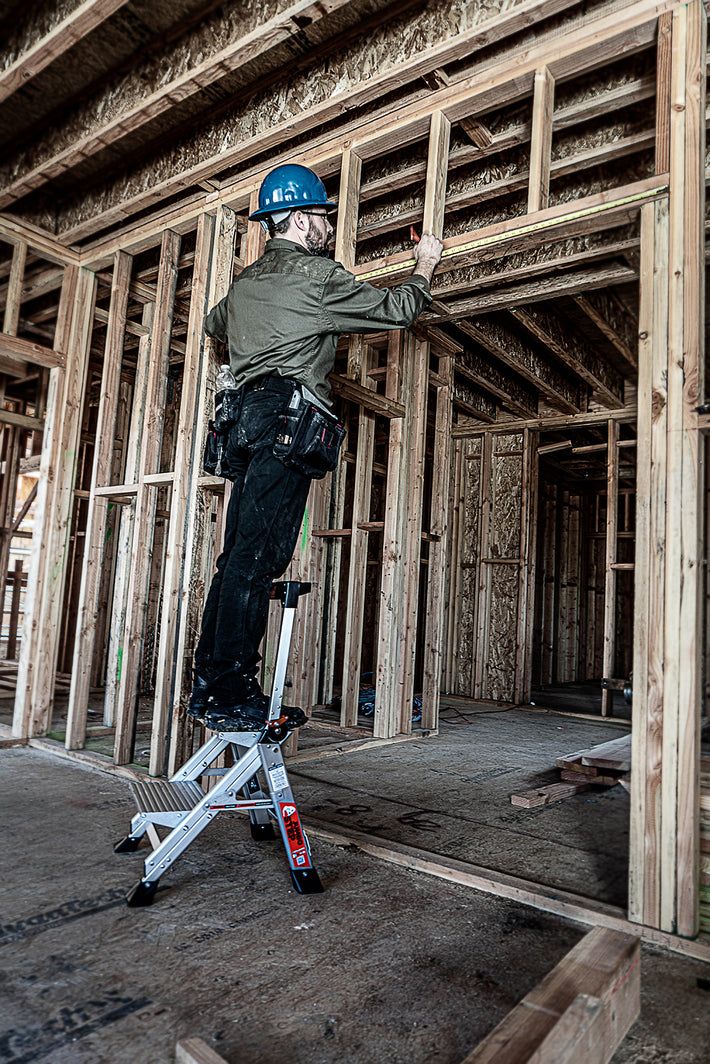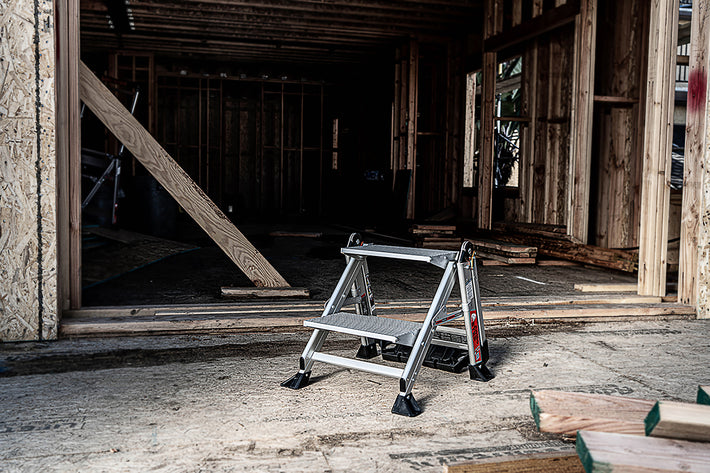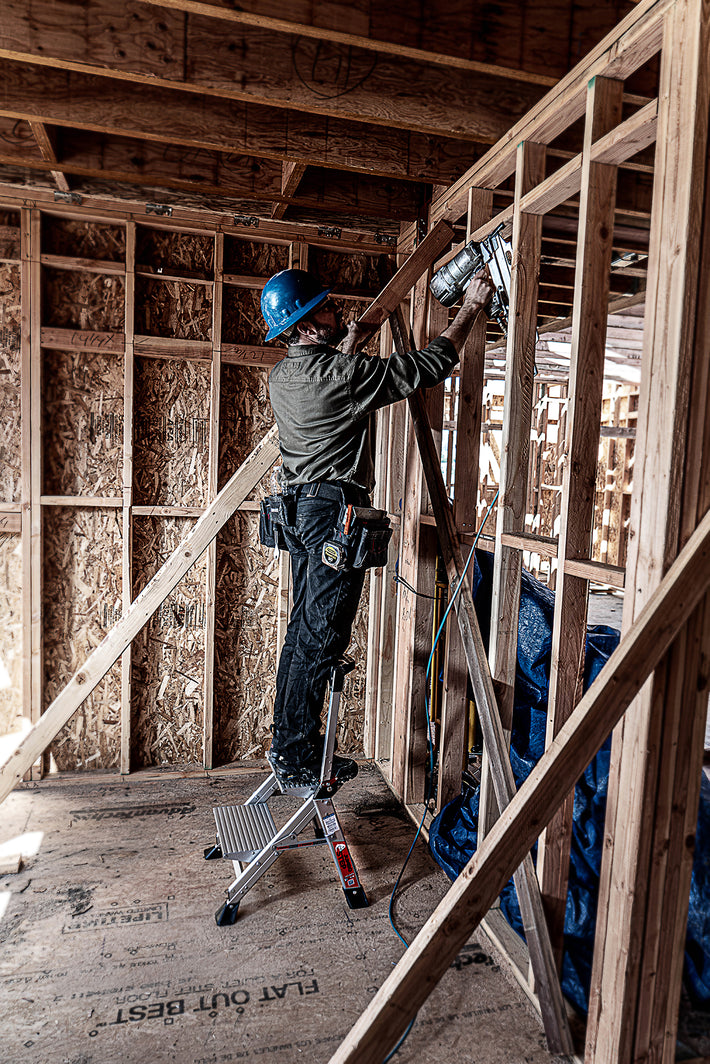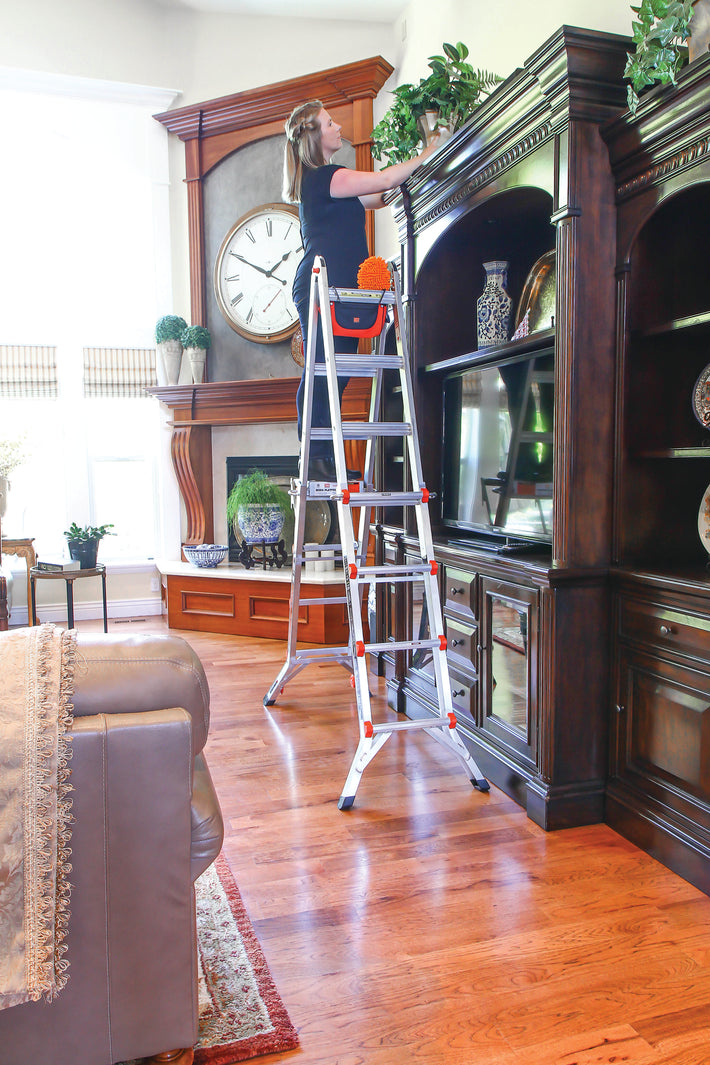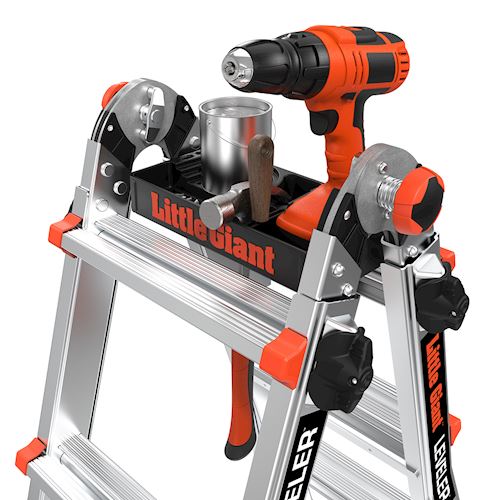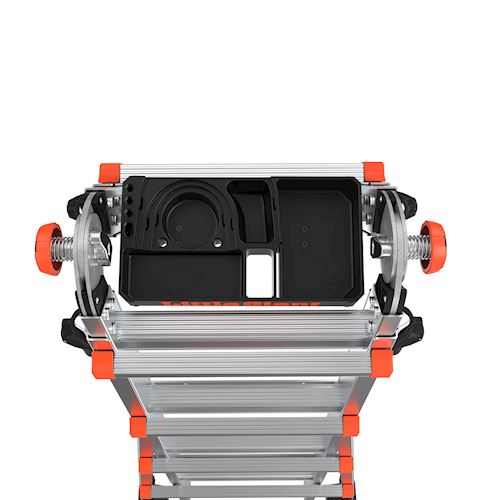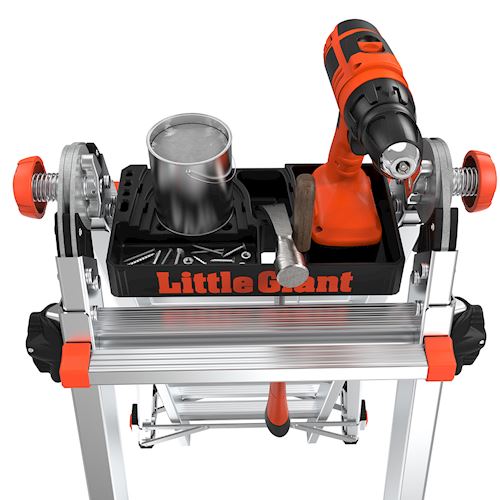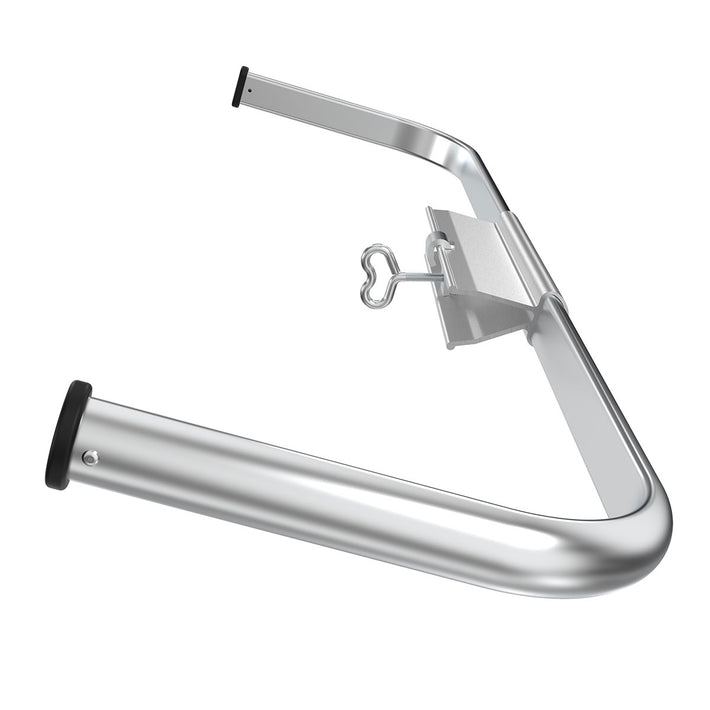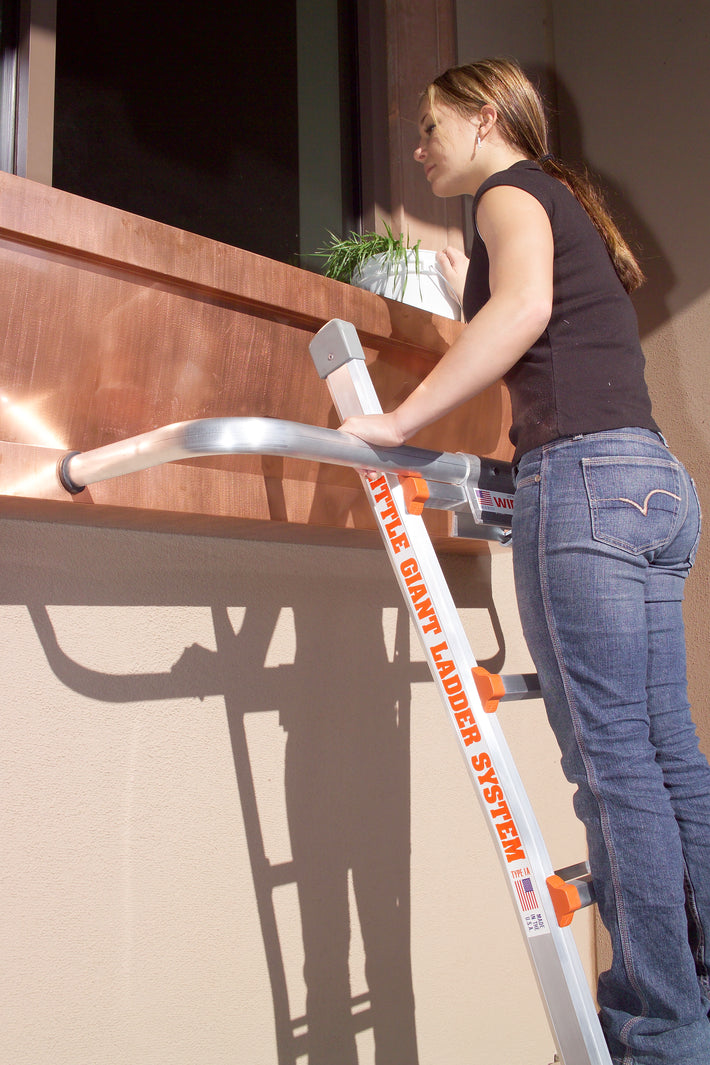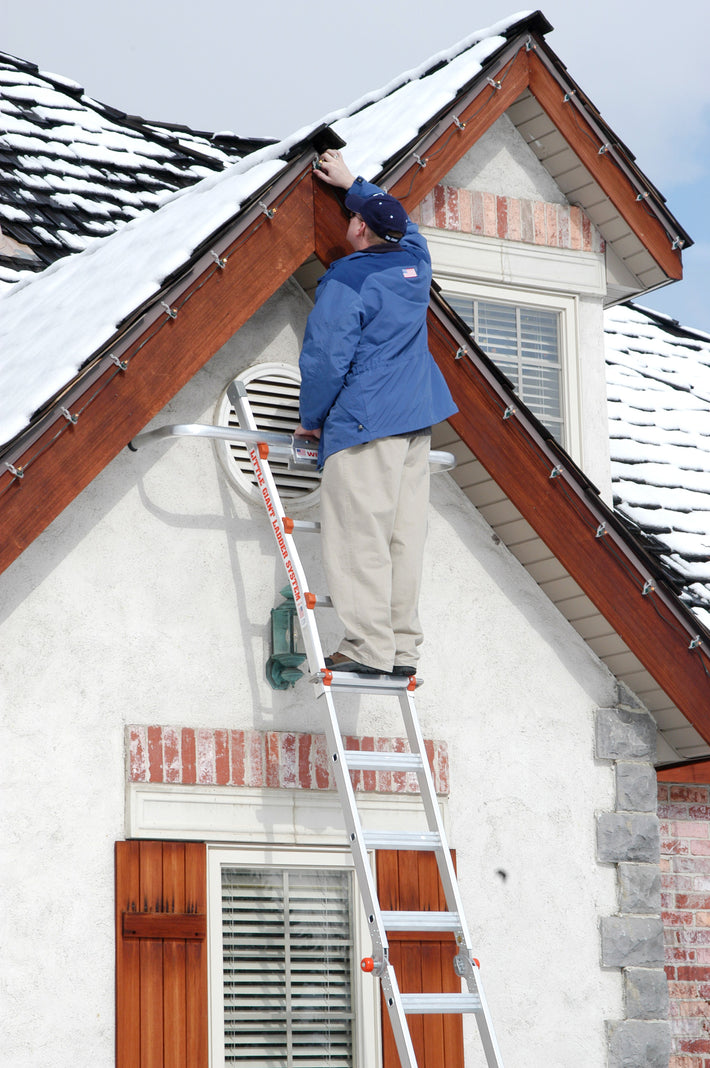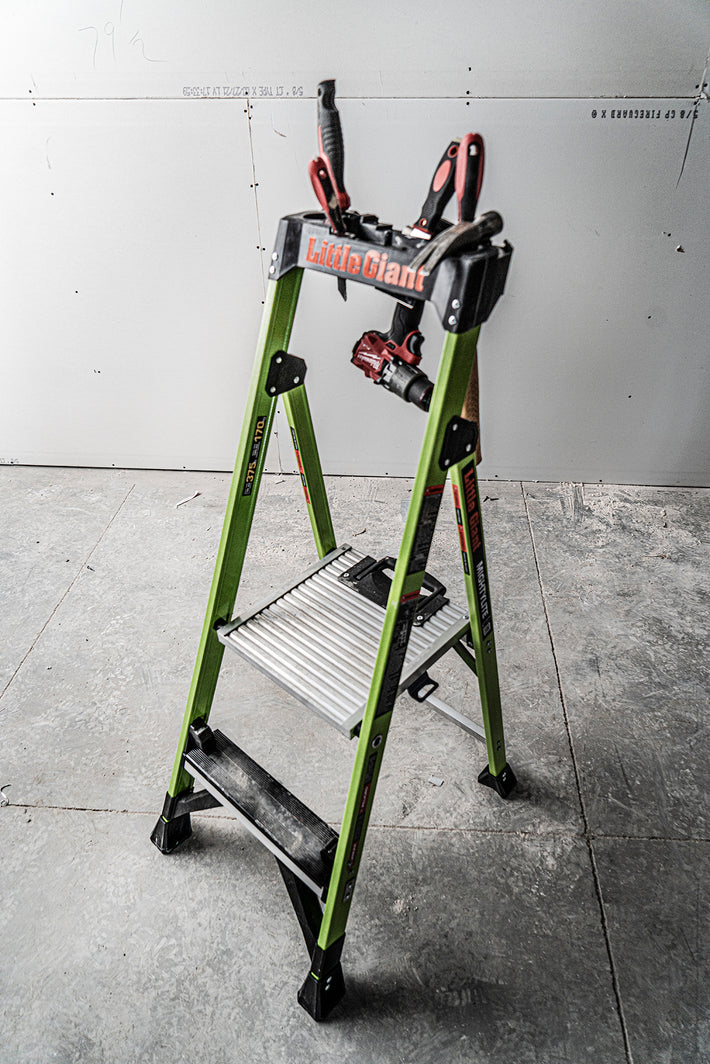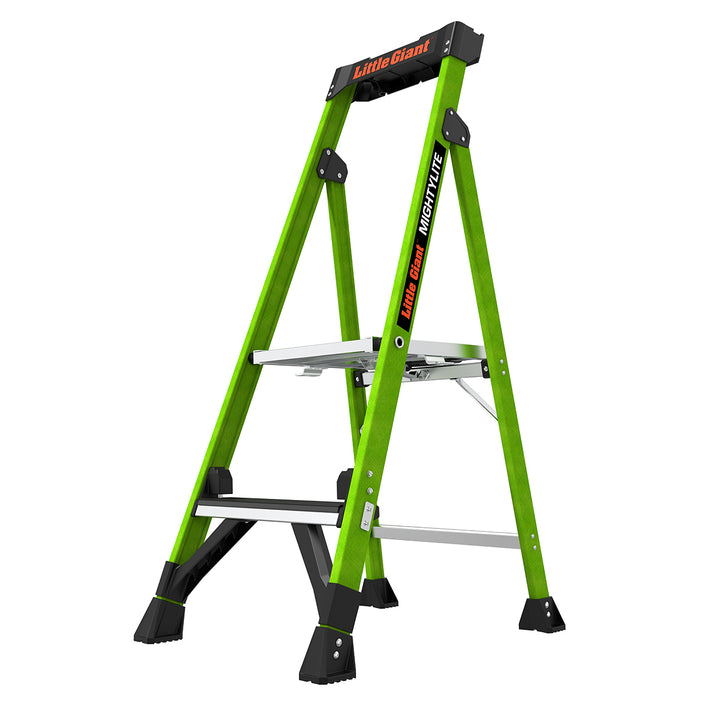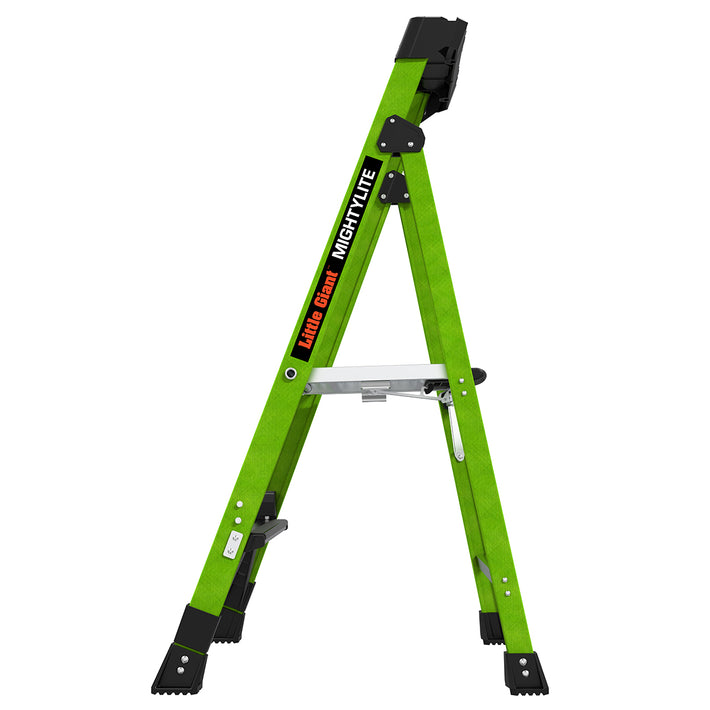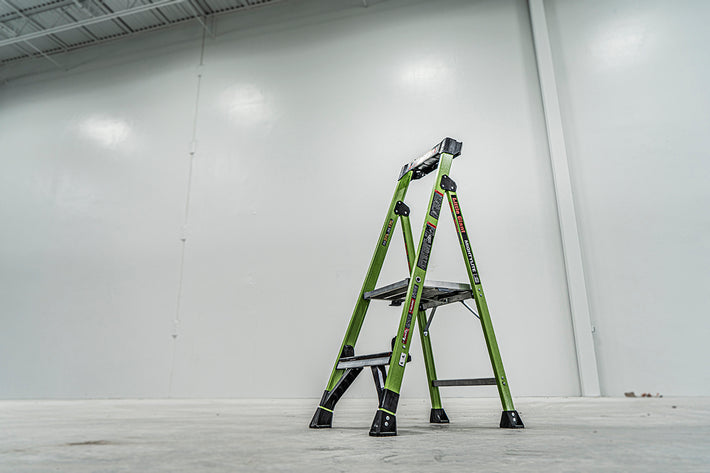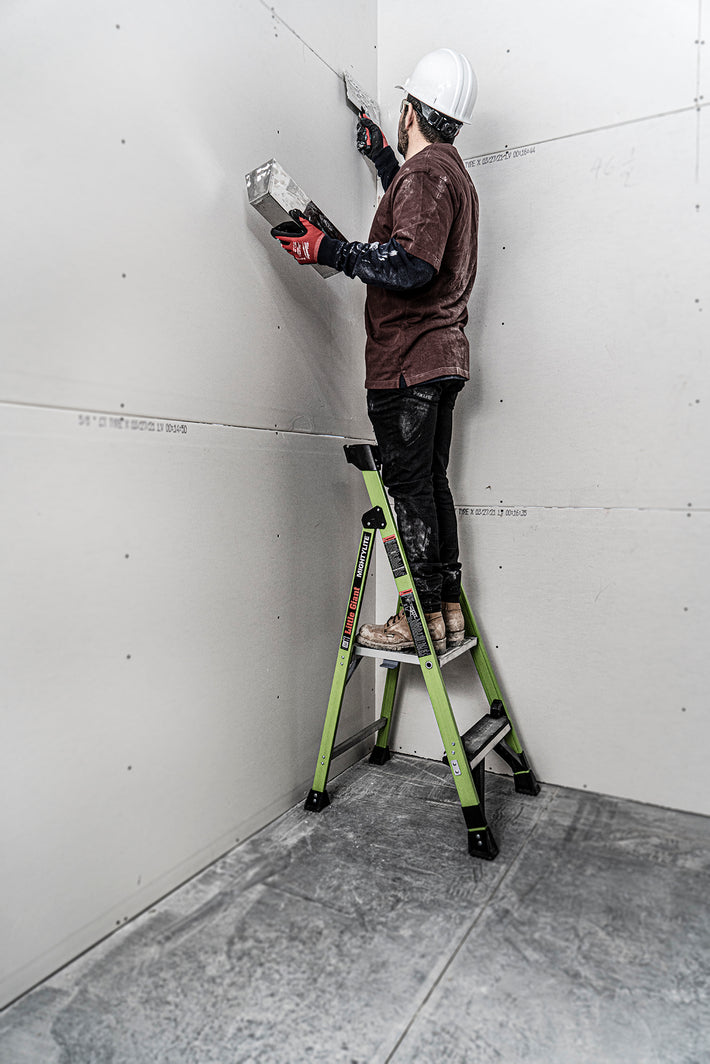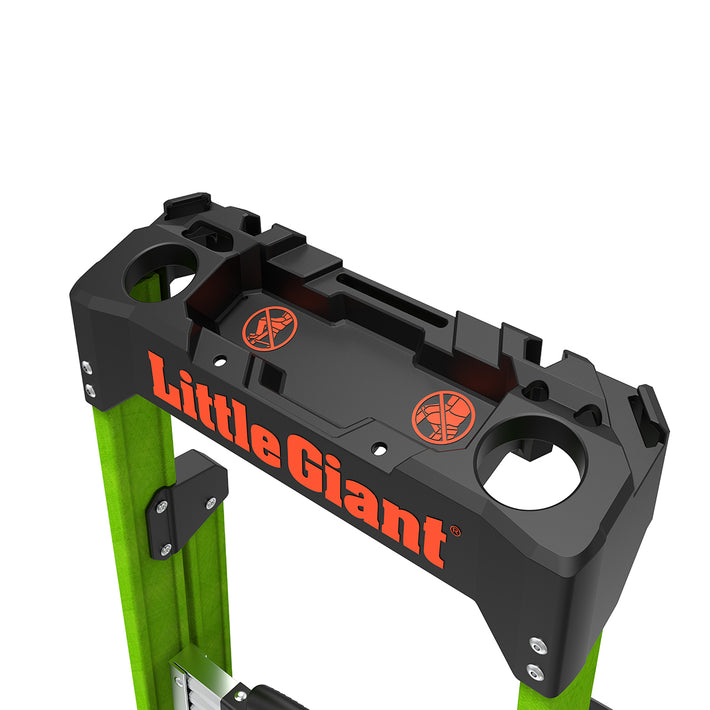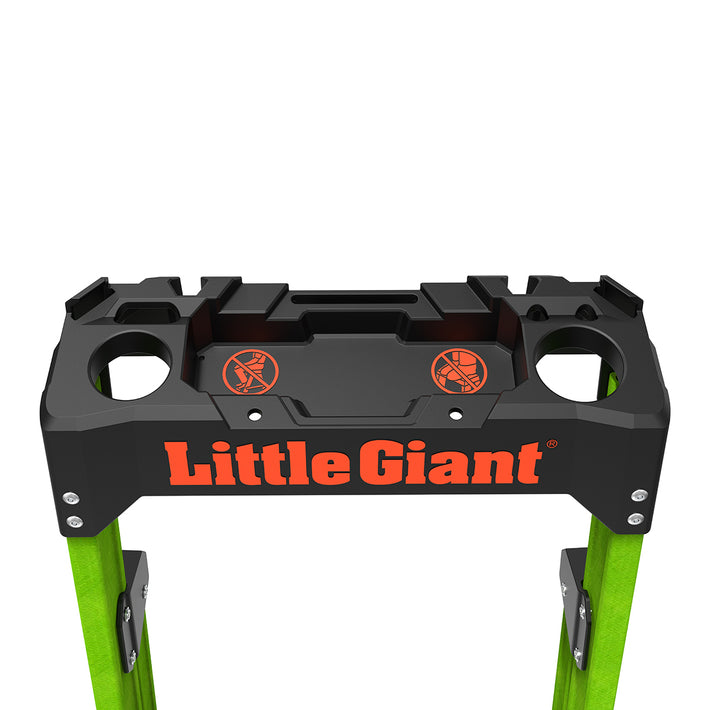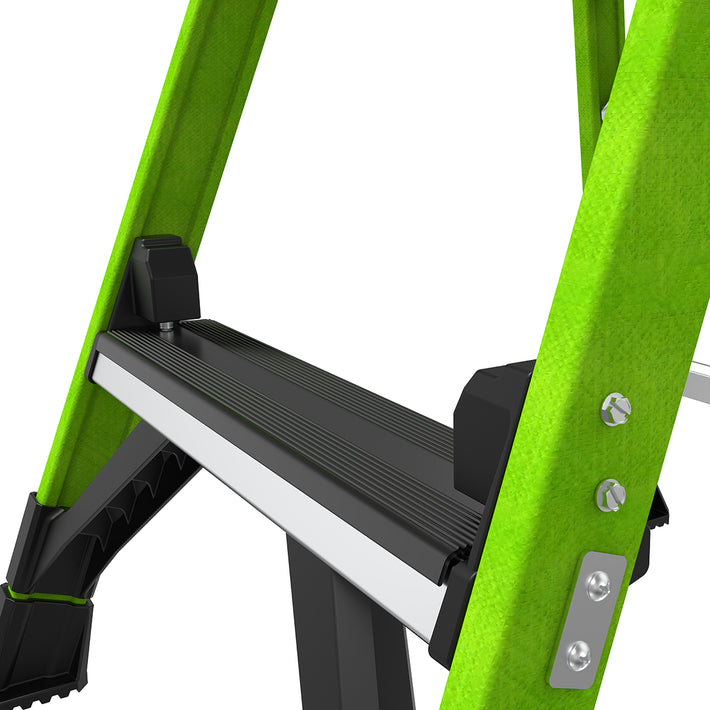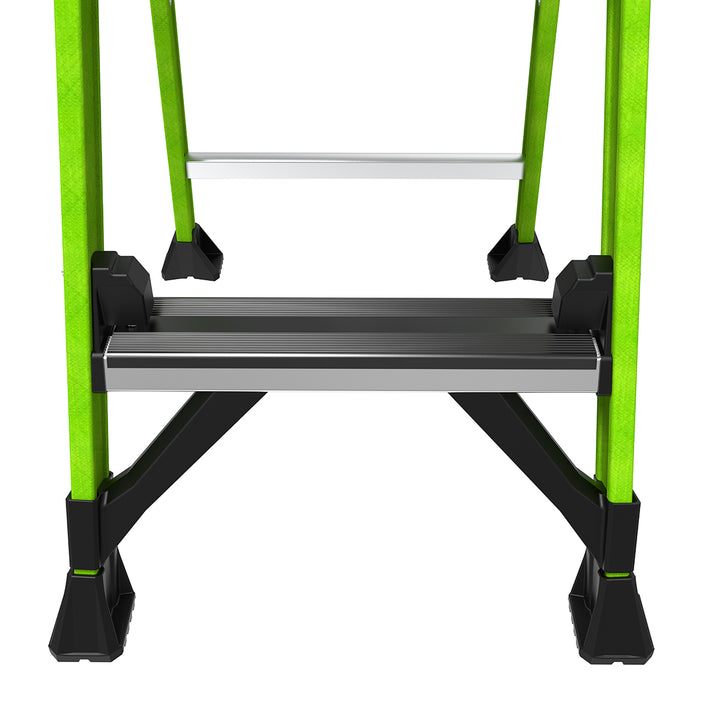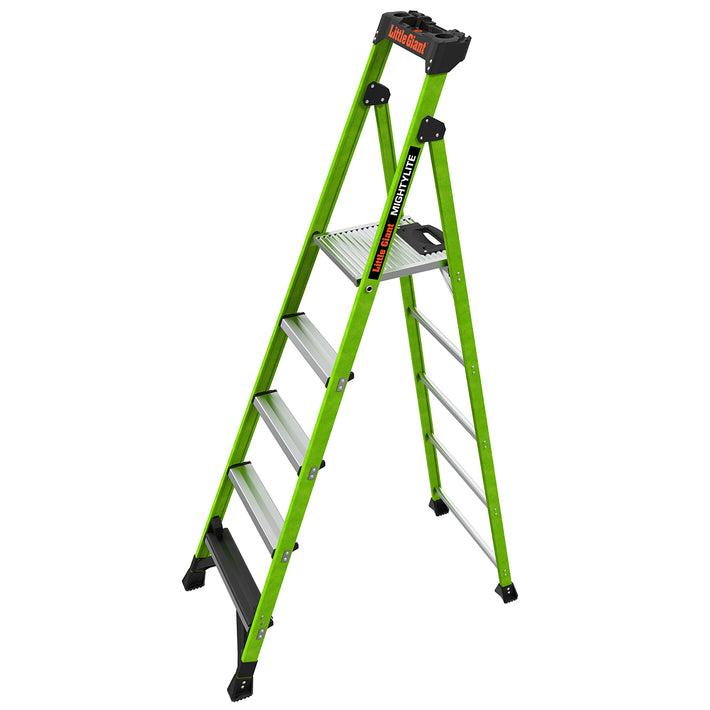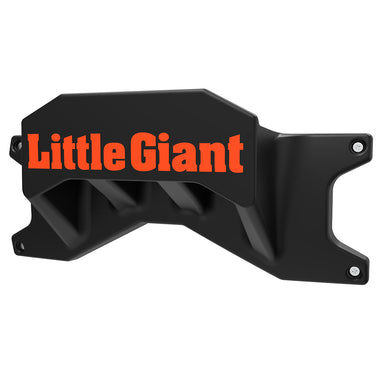Working Safer on a Ladder
WHAT YOU CAN DO
We’ve all done it at some point. We have all used a ladder incorrectly. But just because it has been done before, doesn’t mean anyone should continue doing it. In fact, using a ladder incorrectly can come with a steep cost- injury or even death. If you don’t believe me, check out our last post, where we looked at the statistics of ladder-related injuries.
Safety is a real concern. One you shouldn’t take lightly, which is why today, for the second week of Ladder Safety Month, Little Giant Ladders® is providing you with Little Giant’s top tips for safer ladder usage.
WHERE TO START
- Having the right ladder for the job
- Maintaining three points of contact
- Overreaching
- The 4-1 ratio
- Ladder leveling
- Ladder inspection
- Electrical conductivity
- Watching your step
HAVING THE RIGHT LADDER FOR THE JOB
You wouldn’t use a step stool to reach a roof, and you wouldn’t use an extension ladder to reach a standard doorframe, so why would you use the wrong ladder for any other task? It is important to familiarize yourself with your ladder, its size and its use, so you can work safer and more efficiently.
Having the right kind of ladder to accomplish the task at hand, as well as knowing how to use it properly, will help you work safer and more efficiently. With the right tools at your disposal, you will be able to get your work done with confidence. Remember, if you realize you are using the wrong kind of ladder for your tasks, you should change it. No amount of inconvenience in grabbing a different ladder is worth risking your safety.
MAINTAINING THREE POINTS OF CONTACT
When you’re working at the top of a ladder, it is imperative to maintain three points of contact with the ladder. Typical points of contact include the hands, feet or knees, meaning you should have both feet firmly planted on the ladder, with a hand or your knees firmly planted on the ladder for stability. When you lose your third point of contact, you are more likely to lose balance, which can result in an injury.
OVERREACHING
Overreaching. This seemingly innocuous action leads to the most severe and catastrophic ladder-related injuries. It also directly correlates to the point above, maintaining three points of contact. When you don’t maintain three points of contact, you are more likely to overreach, and when you overreach, your ladder loses balance. As frustrating as it may be to climb to the bottom of the ladder, just to reset it and climb back up, it is important. While at the top of the ladder, a good rule of thumb is to keep your belt buckle between the rails.
THE 4-1 RATIO
When using an extension ladder, remember this ratio: for every four feet of ladder length, the base of the ladder needs to be pulled one foot from the wall. This ratio keeps your ladder stable as you climb and prevents the ladder from sliding out.
Here’s a tip to make sure you have the right ratio. With your ladder leaned against the surface, face your ladder, placing your toes against the ladder. Raise your arms to shoulder height. If your ladder is in the right position, you should be able to touch the rungs of your ladder without adjusting. If this isn’t your experience, adjust your ladder and try again.
LADDER LEVELING
Have you ever climbed a ladder, just to find you felt a little off-centered? Not only is that a frustrating situation to work around, but it also is unsafe. If a ladder is unlevel by just 1” at the base, it can cause a 9” lean at the top of a 19’ ladder. That’s significant. Especially if you are working on a ladder that is taller than that.
It is normal at a job site, to not work on level ground. It happens, especially if you are working outdoors. So, if your ladder is unlevel, rather than climbing uneven or finding something to place under your ladder, we recommend using an integrated leg leveler. Little Giant’s integrated Ratchet™ leg levelers stabilize your ladder, so you can get your work done without sacrificing stability or safety.
LADDER INSPECTION
Before using your ladder, it is important to inspect it, especially if you aren’t the only person using the ladder. Check it for dents, cracks and fiberglass bloom. Look at the treads on the feet of the ladder, too, to ensure that your ladder is safe for use. If your ladder is damaged or questionable, do not use it. Your safety matters, and a damaged ladder puts your safety at risk.
ELECTRICAL CONDUCTIVITY
The job you are working on affects your ladder needs, and not just the size or shape of the ladder. The material matters, too. For most tasks, an aluminum ladder is ideal; however, if you are working around electricity, you need to use a fiberglass ladder, instead. Unlike its aluminum counterpart, fiberglass ladders are non-conductive, making them the safer choice when working with electricity. Fiberglass ladders do have a caveat, though. If your fiberglass ladder has experienced fiberglass bloom, from sun or heat damage, your ladder becomes more conductive, when wet.
WATCHING YOUR STEP
Have you ever missed the bottom rung or step of your ladder when you are descending it? You’re not alone in that. Studies have shown that 20% of ladder-related injuries occur from missing the final rung of the ladder. With innovations like Little Giant’s Ground Cue® technology, the concern of missing the bottom step is mitigated. When you step on the bottom rung or step, Ground Cue makes an audible click that indicates that you have reached the ground. You will be able to climb and descend your ladder with confidence.
Overall, if you follow these basic ladder safety tips, you will be on the right track to working safer and more effectively. With the right ladder innovations, paired with proper climbing safety, you will be able to get your work done with ease.


